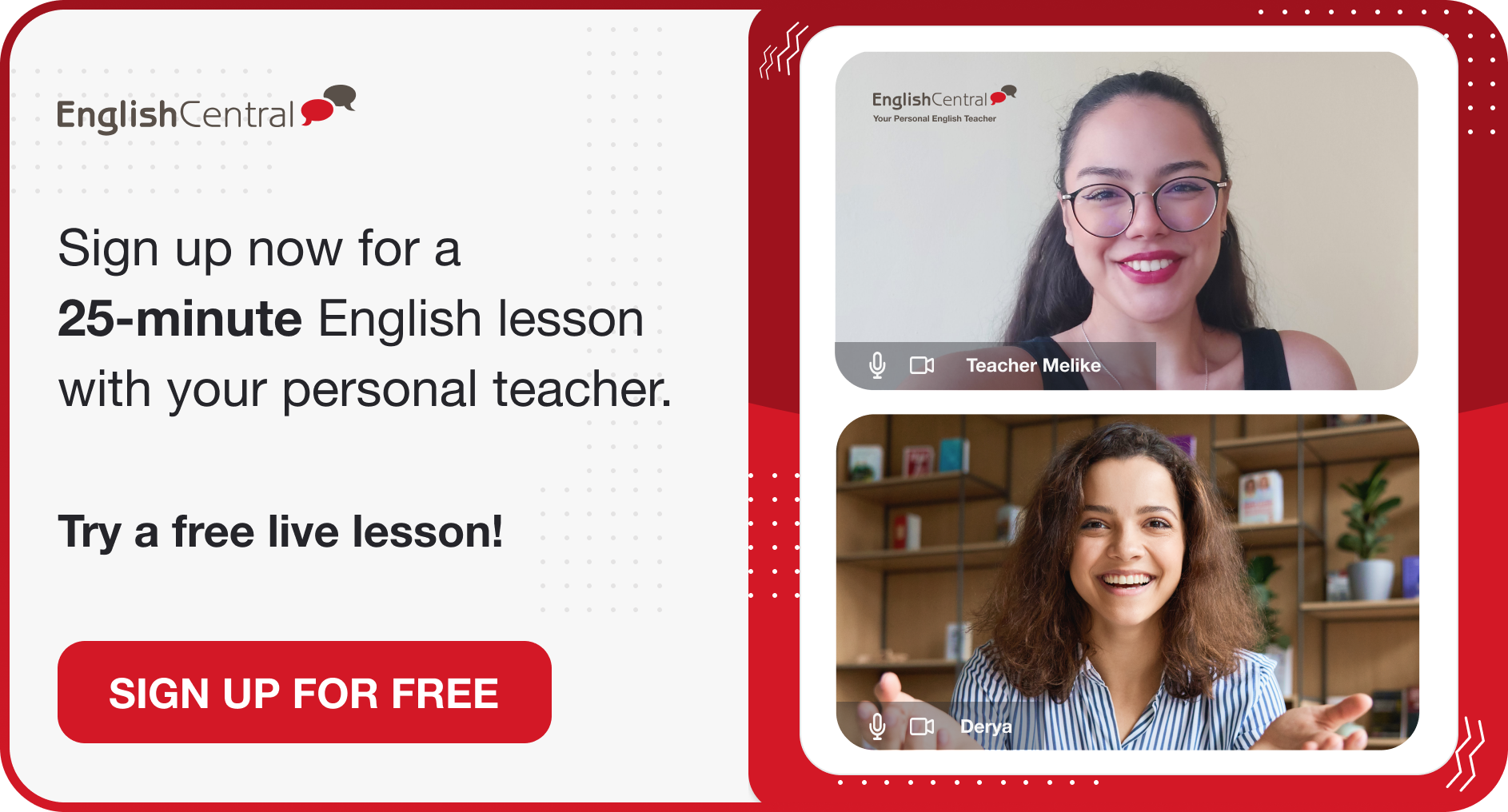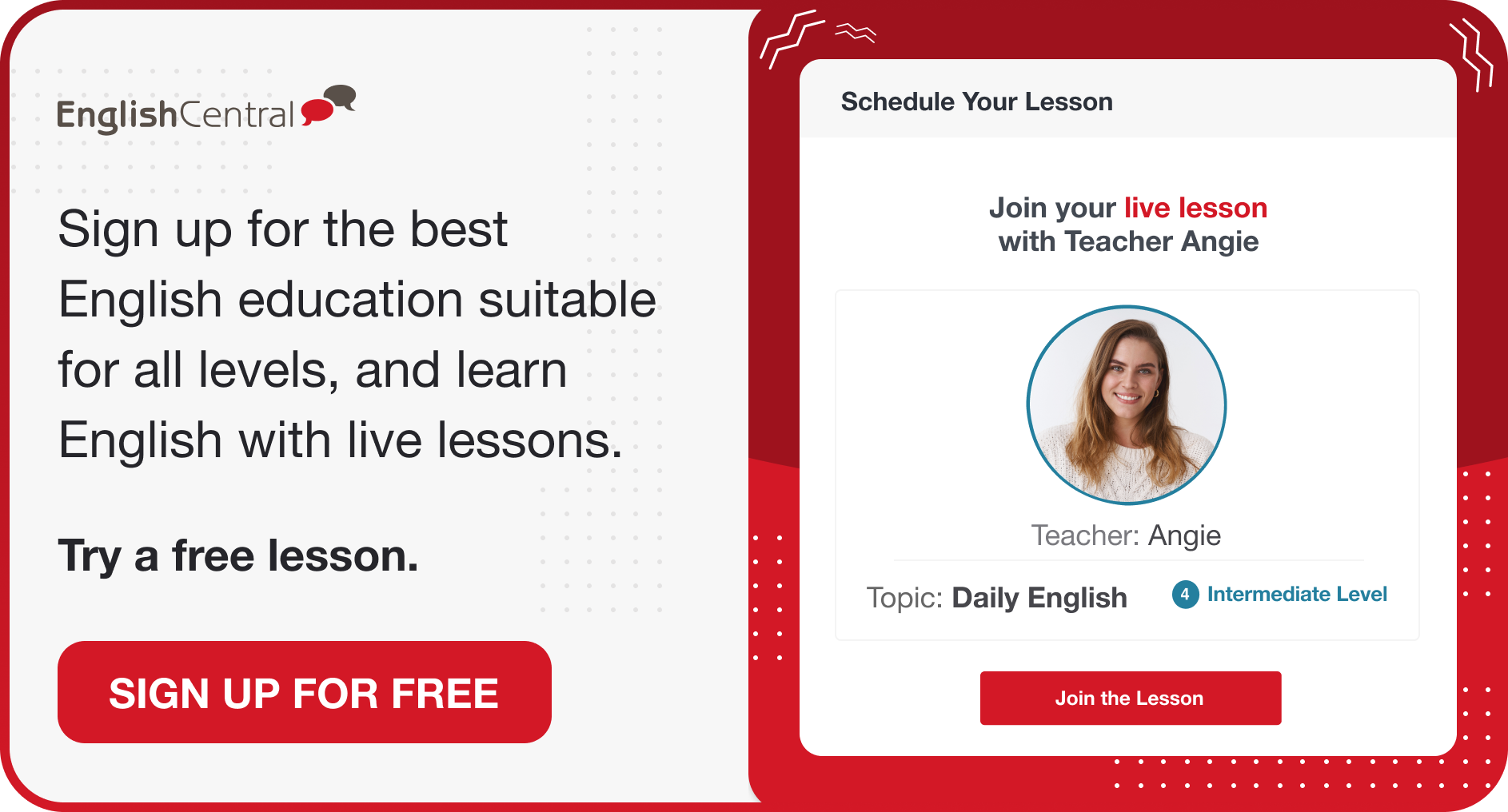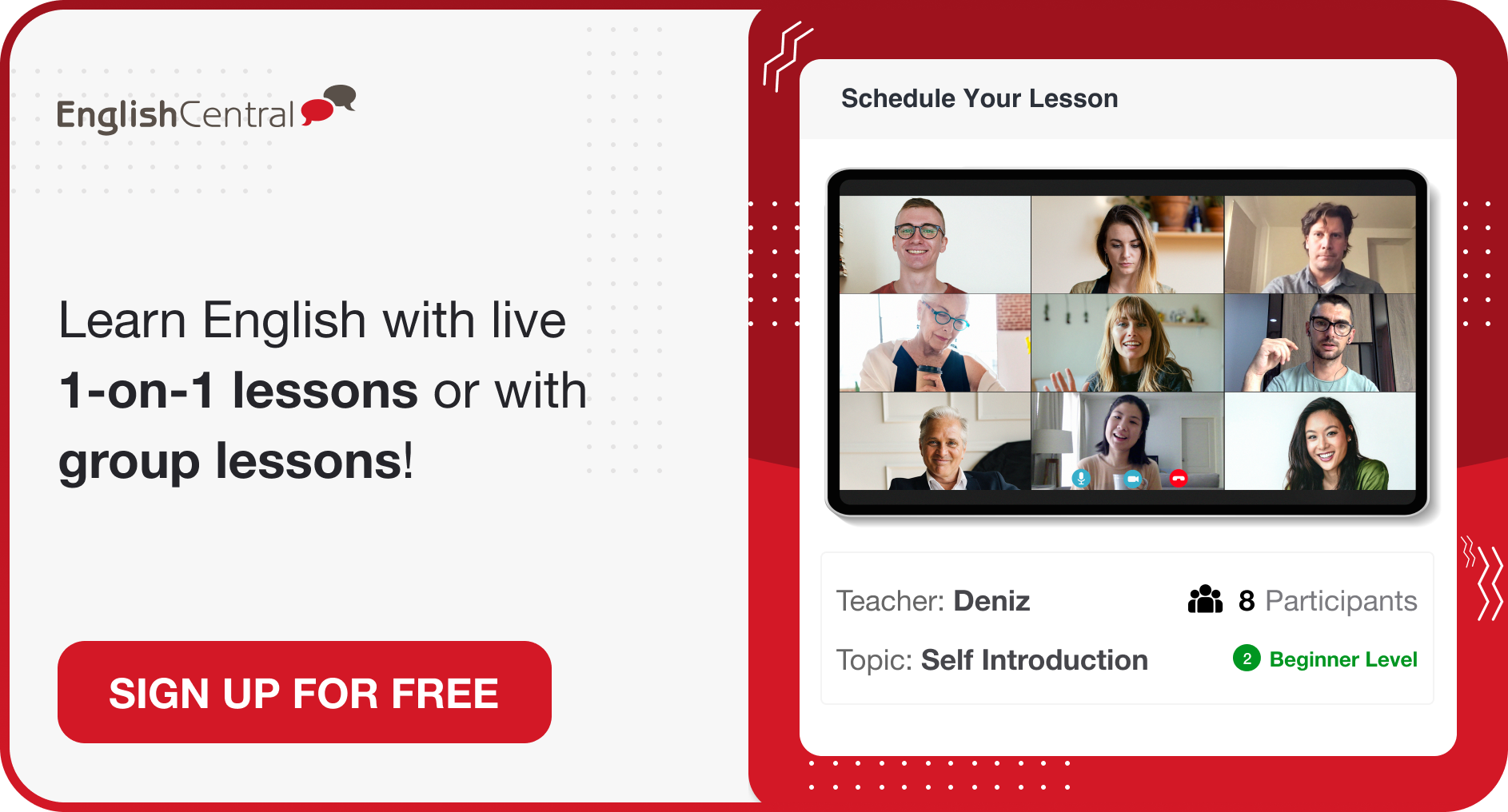The Common European Framework of Reference for Languages (CEFR) is a globally recognized standard for assessing language proficiency. Whether you’re learning English, French, Spanish, or any other language, understanding the CEFR can significantly improve your learning experience. It provides a clear structure for measuring language abilities and helps learners set achievable goals. In this guide, we’ll explore what the CEFR is, why it’s important, and how to understand the different levels it defines.
What is the CEFR?
The CEFR is a framework developed by the Council of Europe to measure and compare the language proficiency of individuals across different languages. It was designed to create a universal standard for assessing language skills that could be used for various languages and in various contexts. The framework divides language ability into six different levels, ranging from beginner (A1) to advanced (C2), based on an individual’s ability to use language in real-world situations. These levels are used by educational institutions, employers, and even governments to assess and certify language proficiency.
The CEFR evaluates four core language skills: speaking, listening, reading, and writing. It outlines specific abilities that learners should have at each level, and it encourages teachers and examiners to design tests and courses that match these standards. The CEFR is widely used by schools, universities, language schools, and employers around the world, as it provides a reliable way to measure language proficiency.
Why is the CEFR important?
The CEFR is important for many reasons, especially in our increasingly interconnected world. It provides a clear, standardized system for measuring and describing language skills, offering a universal framework that is widely recognized across the globe. This is particularly essential in today’s globalized world, where communication across borders is frequent and often necessary. Whether you’re applying for a job, moving abroad, or preparing for a study program, knowing your CEFR level can help you understand where you stand in terms of language proficiency and provide a tangible way to track your progress. English, being the international language, holds a special significance here, as it is often the common language used for business, academia, travel, and international relations. Understanding your English proficiency through the CEFR scale can open doors to opportunities that require solid language skills, as English is often the primary or secondary language used in global communication.
For learners, the CEFR is a valuable tool as it sets clear goals and benchmarks for language learning. It helps learners understand what they should be able to do at each level, from basic communication to advanced fluency, making it easier to measure progress. The CEFR also provides a roadmap for learners to follow, which is crucial for motivating them and helping them set realistic expectations. As English is one of the most widely spoken languages globally, knowing your level in English can be particularly advantageous. It allows learners to understand their current abilities, set goals for improvement, and identify areas of focus like listening, speaking, reading, or writing skills. Additionally, for those learning multiple languages, the CEFR promotes consistency, enabling learners to compare their proficiency in each language. This helps them see their overall development, making language learning a more structured and strategic process.
For teachers and educational institutions, the CEFR provides a solid structure for designing curricula, teaching methods, and assessments. It ensures that learners are acquiring the necessary language skills and knowledge at each level and that their education is aligned with recognized global standards. The CEFR framework aids in developing effective teaching materials that cater to different learner levels, thus helping educators better address the specific needs of their students. Moreover, educational institutions worldwide, including universities, use the CEFR as a reference when designing language programs or offering English proficiency certificates. By adhering to this standard, institutions ensure that their programs are up to date and relevant to both local and international needs.
For employers, the CEFR is a highly valuable tool in assessing candidates’ language abilities, particularly when recruiting for roles that require communication in English. Many companies use the CEFR levels as part of their hiring process to determine if a candidate has the necessary language skills for a job. English, being essential in many industries like technology, business, diplomacy, and customer service, requires proficiency in both speaking and writing. Having an accurate CEFR level helps employers make informed hiring decisions, ensuring that candidates possess the level of language proficiency required to succeed in the workplace. Furthermore, the CEFR helps in assessing an employee’s language development over time, allowing employers to identify areas where further language training may be beneficial for career growth. Overall, the CEFR standardizes the process of evaluating language proficiency, making it easier for employers to match the right candidate with the right role, especially when language proficiency is critical for job performance.
CEFR Levels
The CEFR divides language proficiency into six levels, each representing a different degree of fluency and skill. These levels are designed to reflect a learner’s ability to communicate in everyday situations, both personally and professionally. Below is a breakdown of each level, including what it means for learners.
A1 (Beginner)
At the A1 level, learners typically have a vocabulary of around 500-800 words, mostly covering basic, everyday topics. They are able to understand and use familiar expressions and simple phrases to meet immediate needs. A learner at this level can introduce themselves, ask and answer basic questions about personal details such as their name, age, and where they live. Communication is often limited to routine situations, and they can interact in a simple way, but they may struggle with more complex conversations. A1 learners can understand basic written signs, such as timetables or simple notices, and use simple grammatical structures like present simple and basic forms of “to be.” They are beginning to understand and use simple sentences and can handle tasks like ordering food at a restaurant or asking for directions, but the interaction is usually brief and straightforward.
A2 (Elementary)
At the A2 level, learners have a vocabulary range of approximately 1,000-1,500 words, covering common topics such as shopping, family, and work. They can understand and use frequently used expressions related to areas of immediate relevance, like personal information, travel, and routines. A2 learners are able to handle simple and routine tasks that involve direct exchange of information, such as ordering food or asking about train schedules. They can describe their background, immediate environment, and matters of personal need in simple terms, using sentences like “I live in a small apartment” or “I go to work at 9 AM.” Although they may still struggle with complex grammar and vocabulary, they can form simple sentences and participate in basic conversations, like asking someone about their day or giving directions.
B1 (Intermediate)
Learners at the B1 level typically have a vocabulary of 2,000-2,500 words and can deal with most situations likely to arise when traveling in an area where the language is spoken. They can produce simple connected text on familiar topics such as work, school, or leisure activities. At this stage, learners can express opinions and describe experiences, dreams, hopes, and ambitions. They are able to explain and justify their opinions, using sentences like “I think that’s a good idea because…” or “I believe it will be better to…”. They can handle everyday conversations more confidently and can read simple articles or books. While they may still have difficulties understanding complex or highly technical texts, they are able to communicate about a range of topics with reasonable fluency and spontaneity. B1 learners can navigate a variety of social situations with more ease, though they may occasionally need help to find the right words.
B2 (Upper Intermediate)
At the B2 level, learners typically have a vocabulary range of 3,000-4,000 words and can interact with a degree of fluency and spontaneity that makes regular interaction with native speakers possible. They can produce clear, detailed texts on a wide range of subjects related to their interests, such as current events, personal experiences, and work-related topics. B2 learners can engage in discussions, present arguments, and explain their viewpoints clearly and coherently. They are able to understand complex texts, including those with technical or specialized vocabulary, and can participate in debates or give presentations on familiar topics. B2 learners can also express themselves with greater ease in social, academic, and professional contexts. They are more comfortable expressing detailed opinions and can handle a variety of real-world situations, such as interviews, discussions, and presentations.
C1 (Advanced)
English learners at the C1 level typically have a vocabulary range of 4,000-6,000 words and can produce clear, well-structured, detailed texts on complex subjects. At this level, learners can express themselves fluently and spontaneously, without much searching for expressions. They can engage in discussions on abstract topics, handle academic and professional writing tasks with ease, and present arguments in a well-organized manner. C1 learners can use language flexibly and effectively for social, academic, and professional purposes, demonstrating control over language nuances and subtleties. They can produce coherent and well-developed written content, such as essays, reports, and research papers. While they may still need to work on very specialized or highly complex vocabulary, they are generally able to communicate with native speakers on almost any topic with fluency and precision.
C2 (Proficient)
At the C2 level, learners have a vocabulary of over 6,000 words and are able to express themselves spontaneously, fluently, and precisely in any situation, even in highly complex contexts. C2 learners have near-native proficiency and can produce detailed, structured texts on complex subjects, demonstrating a deep understanding of the language. They can understand virtually everything they read or hear and can summarize information from various sources, both written and spoken. Their language proficiency allows them to discuss abstract concepts, provide nuanced arguments, and engage with texts from a wide variety of fields, including literature, politics, and science. C2 learners can also easily adjust their language to different social and professional contexts, communicating with ease and understanding in any situation. Their language skills are virtually indistinguishable from those of a native speaker, enabling them to participate in all forms of communication at the highest level.
Learn English with EnglishCentral
No matter what level you’re at, EnglishCentral is the perfect way to learn English or improve yourself further. EnglishCentral is a language learning platform designed to provide comprehensive and effective support for users in their journey to learn English, offering a wide range of rich content. Through EnglishCentral, you can take private lessons with expert teachers 24/7, where you have full control over selecting the teacher, topic, date, and time. In addition to one-on-one lessons, you can join group lessons and connect with learners from around the world in an interactive classroom setting.
The platform is particularly focused on enhancing fundamental language skills such as listening, speaking, pronunciation, and vocabulary through engaging videos and interactive exercises, allowing users to learn English in a more natural and enjoyable way.
One of the features of EnglishCentral that stands out is its extensive library of videos, including popular movie scenes, music videos, interviews, news clips, and educational content. This diverse selection lets users choose videos that match their interests, making the learning process more fun and personalized. With subtitles provided alongside the videos, users can practice both listening and reading, helping them improve their comprehension while learning the language in a more organic flow.
Additionally, the platform offers interactive quizzes, vocabulary drills, and pronunciation exercises for each video, reinforcing learning and helping students master new words and phrases. Key terms from the videos are highlighted and explained, enabling users to learn vocabulary in context and deepen their understanding.
Frequently Asked Questions About Everything You Need to Know About the CEFR
How can I determine my CEFR level?
To determine your CEFR level, you can take standardized language proficiency tests that align with the CEFR scale. For example, the EF SET is a free, online English test designed to align with the full CEFR spectrum, providing an accurate assessment of your English proficiency level.
Are CEFR levels recognized worldwide?
While the CEFR was initially developed for European languages, it has gained international recognition and is widely used around the world. Many language proficiency tests, such as IELTS, TOEFL, and DELF, align their scoring systems with CEFR levels, making it easier for learners to understand their proficiency in a global context.
How does the CEFR determine different language skill levels?
The CEFR provides detailed descriptors for four key language skills: listening, reading, speaking, and writing. These descriptors outline what learners should be able to do at each proficiency level, offering a comprehensive understanding of language competence beyond just grammar and vocabulary.
What is the best way to improve my CEFR level?
To improve your CEFR level, focus on regular practice in all four language skills: reading, writing, speaking, and listening. Engage in activities that challenge you at your current level and push you to the next level. Watch TV shows, read books, or take part in conversations in English to build fluency and confidence.
Would you like to put what you have learned into practice? You can access everything you need to learn English on a single platform! With 25-minute one-on-one live English lessons, 40-minute group lessons, more than 30,000 interactive videos, vocabulary learning tools, AI-supported tutor MiMi, quizzes, and interactive activities, EnglishCentral offers its users a personalized and quality education plan at an affordable price. How about registering for EnglishCentral now and starting to learn English?











